State 2/4 with the number 9 in the lower left corner at the address of Philippe Galle, before its replacement by that of Johannes Galle.
(The series was first published around 1591 by Philippe Galle in Antwerp and was successively republished by Karel de Mallery, after 1612, Theodoor Galle, before 1636 and Johannes Galle before 1677.)
Very fine impression on laid paper watermarked with a crowned double C, the corners reinforced.
ca.1591
New Hollstein: 331
The Nova Reperta series, that is to say new discoveries (or inventions), illustrates certain notable discoveries and inventions for Europe at the end of the 16th century. These repertae are highlighted and “situated” by Stradan in a lively and dramatic manner, according to the advice given by humanist pedagogues such as Erasmus and of which Jean-Claude Margolin gives an analysis in his: "About Stradan's Nova reperta" in "Esthétiques de la nouveauté à la Renaissance", Franck Lessay and François Laroque (dir.), Presses Sorbonne Nouvelle Collection, Paris, 2001
"Here is an open-air scene, more precisely a street scene, where we see two riders: one (on the left), in front of a shop, is mounted on his horse (is he going to get off, or has he got back on?), the other (on the right) is preparing to get back on, his left foot already engaged in the stirrup (scala), seeming to take leave of a shopkeeper who is standing near him. He has apparently procured some practical object, or rather some essential ointment. What is it? The title indicates it, as will be indicated with more precision by the Latin legend of the subscription. But these Latin or Latin-Greek terms, unknown to Cicero or Caesar, are not immediately assimilable, even if the radical sto-48 from which they are formed gives an idea of stability, firmness or aplomb (in this case, of the feet). They actually mean herbs called pedicular49 which are also called philopodes, that is to say herbs which relieve the feet of these riders, shod in narrow and uncomfortable boots, and enduring long hours or long days on horseback, without being able to rest them in the open air. This is how the author of the Latin caption describes and interprets the image: Pedes, humi ut, stetere equo, insidentium, cito levati, ut ipsa scala sublevat (“Having dismounted, the riders, as soon as they are remounted, are quickly relieved, the stirrup itself delivering them from their suffering”).
Copper width: 270.00
Copper height: 200.00
Sheet width: 280.00
Sheet height: 213.00





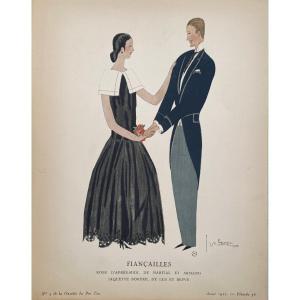




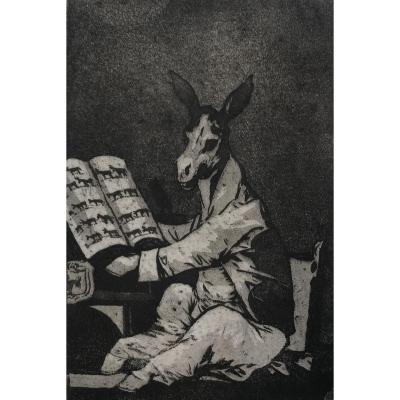


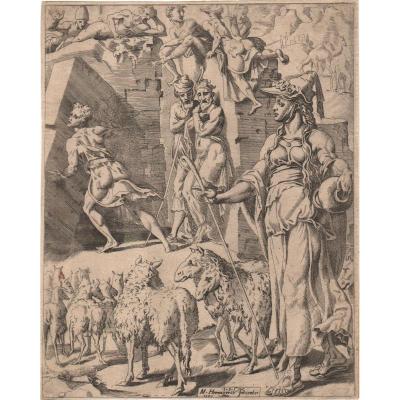

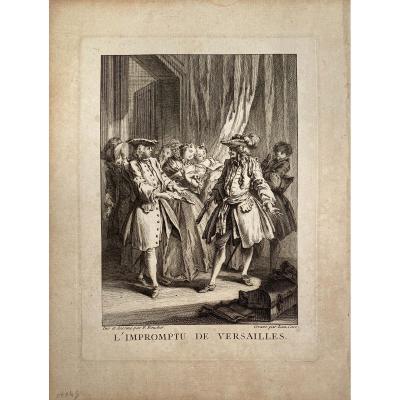


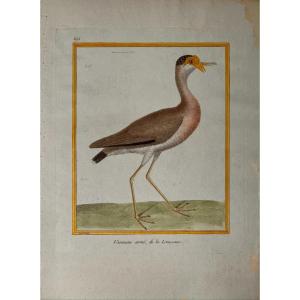

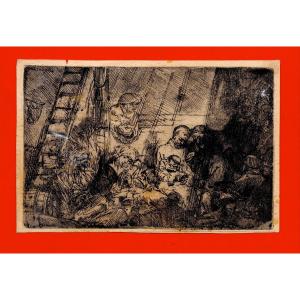
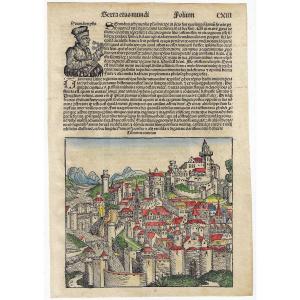
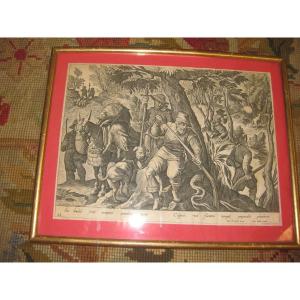
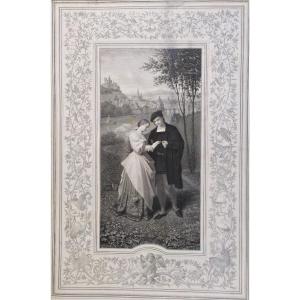




 Le Magazine de PROANTIC
Le Magazine de PROANTIC TRÉSORS Magazine
TRÉSORS Magazine Rivista Artiquariato
Rivista Artiquariato